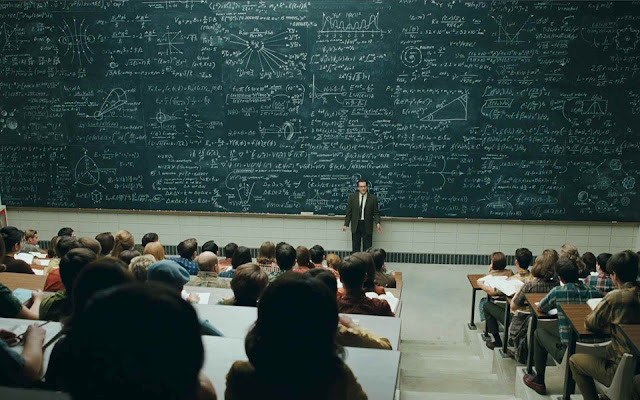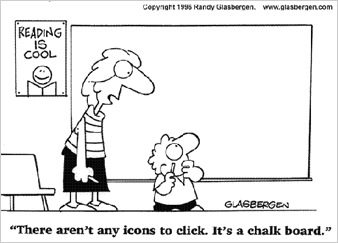Interactive Whiteboard: a trend or a necessity? The link between pedagogical and digital interactivity
One of the latest achievements of technology that has been recently introduced in the classrooms is the interactive whiteboard (IWB), which already used in many European countries, is now starting to make its presence observable in Greek schools.
What impressed me during some visits I had in classrooms where the IWB was being used, was the fact that not even half of its capabilities were being taken advantage by the teacher who was either using it as the regular board (just for writing) or as a means of showing videos; something that was making IWB looking like a separate entity, impossible to become integrated in the teaching and learning process.
However, taking Greece as a reference point in order to understand whether IWB has come to stay or just contribute to a more technologically advanced atmosphere in school would not be a wise idea, as teachers are not further trained in the field of Information and Communication Technology.
But what exactly is the IWB…
The interactive whiteboard is a digital touch device, connected to a computer and a projector. The optical output signal of the computer is displayed on the surface of the board through the projector and the user can control the computer by touching the table or by using a special stylus.
What can we do on the conventional blackboard?
- Read
- Write
What can we do on the IWB?
- Drag and drop objects from one place to another
- Hide and reveal objects
- Color, shade and highlight
- Match various teaching materials
- Enable movement or animation
- Immediate feedback due to saving abilities
- Visualize data
All these capacities seem to form a good basis which can affect positively the educational activities with differing ways. Keeping unabated students’ attention in class, motivating them, promoting their enthusiasm for learning, giving them more opportunities for participation, collaboration and development of social and critical skills are only some of these ways.
IWB can copy in multifarious teaching environments. Students with disabilities can benefit from the presentation of multimedia content as it can contribute to the information processing and adaption in the classroom. According to the British Educational Communications and Technology Agency (BECTA) the use of IWB is beneficial to both teachers and students but under conditions. Such are further training of the teachers and provision of a high level of reliability and technical support in order to minimize the potentially occurring problems. In this way teachers gain flexibility, having easy access on a wide range of web-based resources.
As far as the students are concerned, it seems that IWB does motivate pupils who feel that time passes faster in a more exciting and creative way. And this is not very difficult to understand. Remember yourselves when you were children. We were all attracted at the view of our teacher using the computer in the classroom in order to share with us information. Imagine now, the student of today, who is immersed in a world of media images from an early age, how inspired would feel in a classroom with a IWB.
Apart from the motivation enhanced what could be a considered as a great contribution to the learning process is the ability to reinforce the students’ recall. Multi-sensory presentations make the lesson more memorable, since image has a great impact on memorization skills. A part that was missing from the traditional teaching process.
But still there are issues remaining to be discussed.
Is interactive whiteboard a way to gain advantage of the new media in a classroom or is it just a proof that the school of 21st century is here? Is it conducing to the evolution of the traditional teaching methods or is it their digitalized version?
And you? Are you convinced…?
Meanwhile in Estonia school kids are being enrolled in coding classes…
Sources:
Click to access wtrs_whiteboards.pdf
http://en.wikipedia.org/wiki/Main_Page

